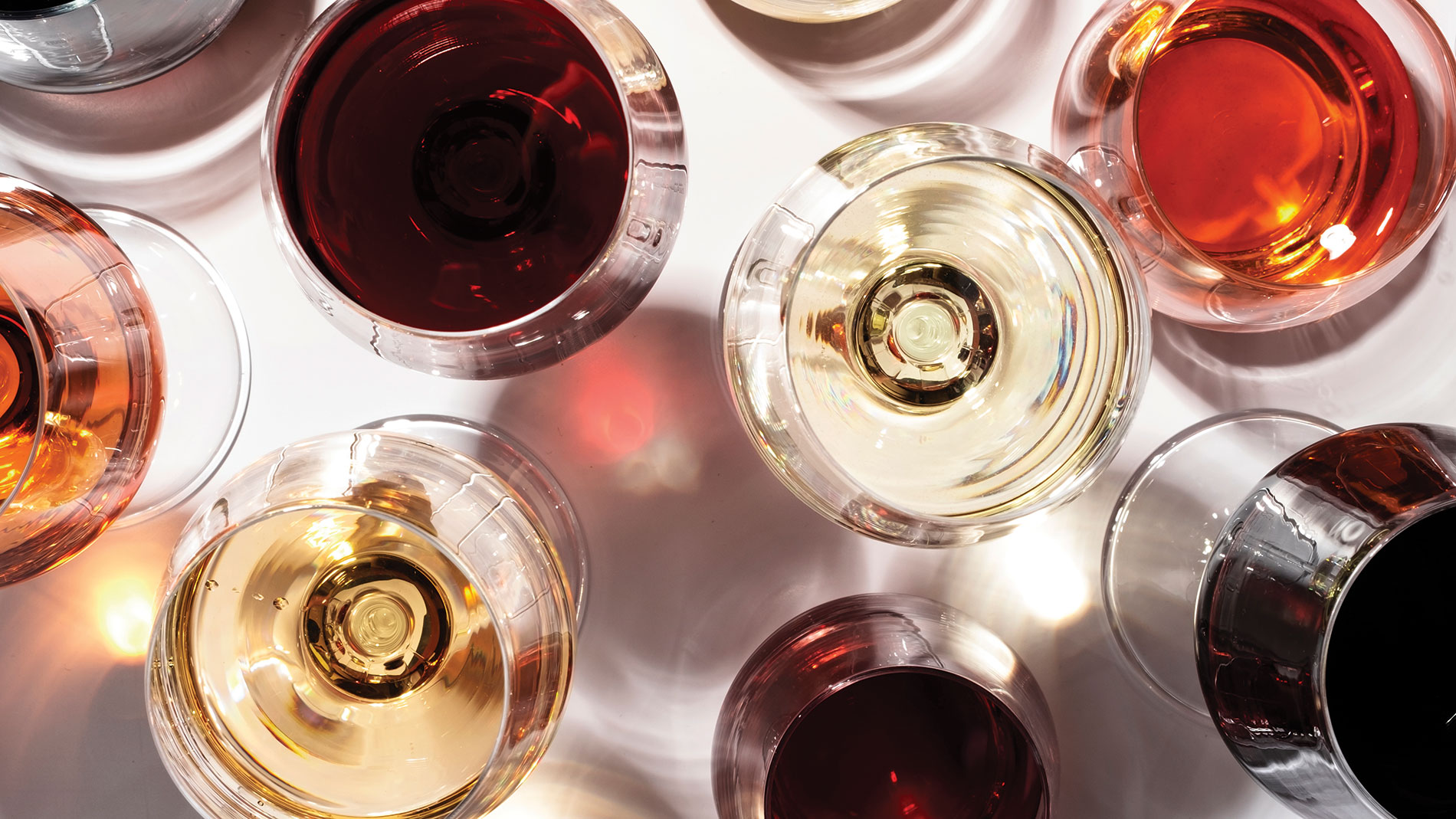How to shop for wine like a pro
So you stopped off at the grocery store or the neighborhood market to pick up some ingredients for dinner and you’ve decided to grab a last minute bottle of wine. But the shelves are so long and tall! And you don’t recognize most of the bottles! What the hell is muscadet? You start to panic. “Should I switch to beer?” you think. “Maybe the wine person will walk by right now.” But help doesn’t come. Don’t worry, we’ve all been there – there are more wines out there than any of us have time to try, and unless you’re a sommelier, you might have some difficulty picking out a great wine at the store without any guidance at all. So we talked to some local wine professionals to get tips on how to find the good stuff yourself.
Naturally, it all starts with where you’re shopping. Local grocery stores and neighborhood markets are going to have more curated selections, like Local Harvest Grocery, which has an excellent collection full of wine from local distributor F&R Wine Imports (and others). Larger stores like Schnucks have more options but may feel less personal and have fewer locally sourced options. Smaller markets like AO&Co. and Parker’s Table have awesome wine, from local distributors. “Parker’s has that value wall that’s super approachable,” Veritas Wine Selections account manager (and former Vicia sommelier) Jen Epley pointed out.
When it comes to larger grocery stores, both Epley and O+O Pizza beverage manager Ali Fallows find that Trader Joe’s has great value. “I’m a hardcore Trader Joe’s gal,” Fallows explained, adding that the chain often offers good wine at low prices and tends to have a much better selection than similar stores. Epley said that Trader Joe’s label wines frequently use grapes from great wineries, so you might be getting an excellent wine that costs less than it does under its normal label.
Wherever you’re shopping, here are a few tips to keep in mind when you’re browsing and start to feel in over your head.
Regions
“If it grows together, it goes together. If you’re having pasta, choose an Italian wine and match it to the color of your sauce. Pair Bolognese with a red wine, Alfredo with a white wine like chardonnay, and pesto with a green-tinted white wine, like an Italian sauvignon blanc. For pork schnitzel, do something German, like a riesling from the Mosel or Rheingau regions. And if you’re serving cornish hen, get something French – southern regions that are off the Mediterranean like Provence and Languedoc offer great value, as do Côtes du Rhône. – Jen Epley
“The first advice I give people is to go for South African wine. The cool thing about Trader Joe’s is that a lot South African wine is ethically sourced – more so than other grocery stores.” - Ali Fallows
“I love Sicily. I think everybody needs to get on board with Sicily. Mount Etna has super nutrient-rich, ashy soils with hearty and healthy growing quality.” – Jen Epley
“Any Italian Chianti is super approachable, especially for people who like red wine. That’s a crowd-pleaser that has bright acidity.” - Ali Fallows
“Look at wines from Oregon. A lot of that soil is volcanic soil blended with fossil soil – really fertile, fruit-forward, subtle. Any of those pinot noirs or chardonnays – they drink like Burgundys.” - AF
“Anything from Spain’s Rioja region is good. They haven’t been having as drastic temperature shifts as the U.S. and France. And any Txakoli.” - Ali Fallows
Acroynyms
“For Italian wine, that DOC or DOCG label is what I look for; for French wine, I look for AOC. No matter the price, it falls in with standards set by the government, so stylistically the wine will be the same regardless of what vineyard produces it.” - Ali Fallows
The finer details
“Don’t avoid sulfites – there’s more sulphur in orange juice and cured meats than in wine.” – Jen Epley
Tags : Wine, Guide to Drinking, Shops






